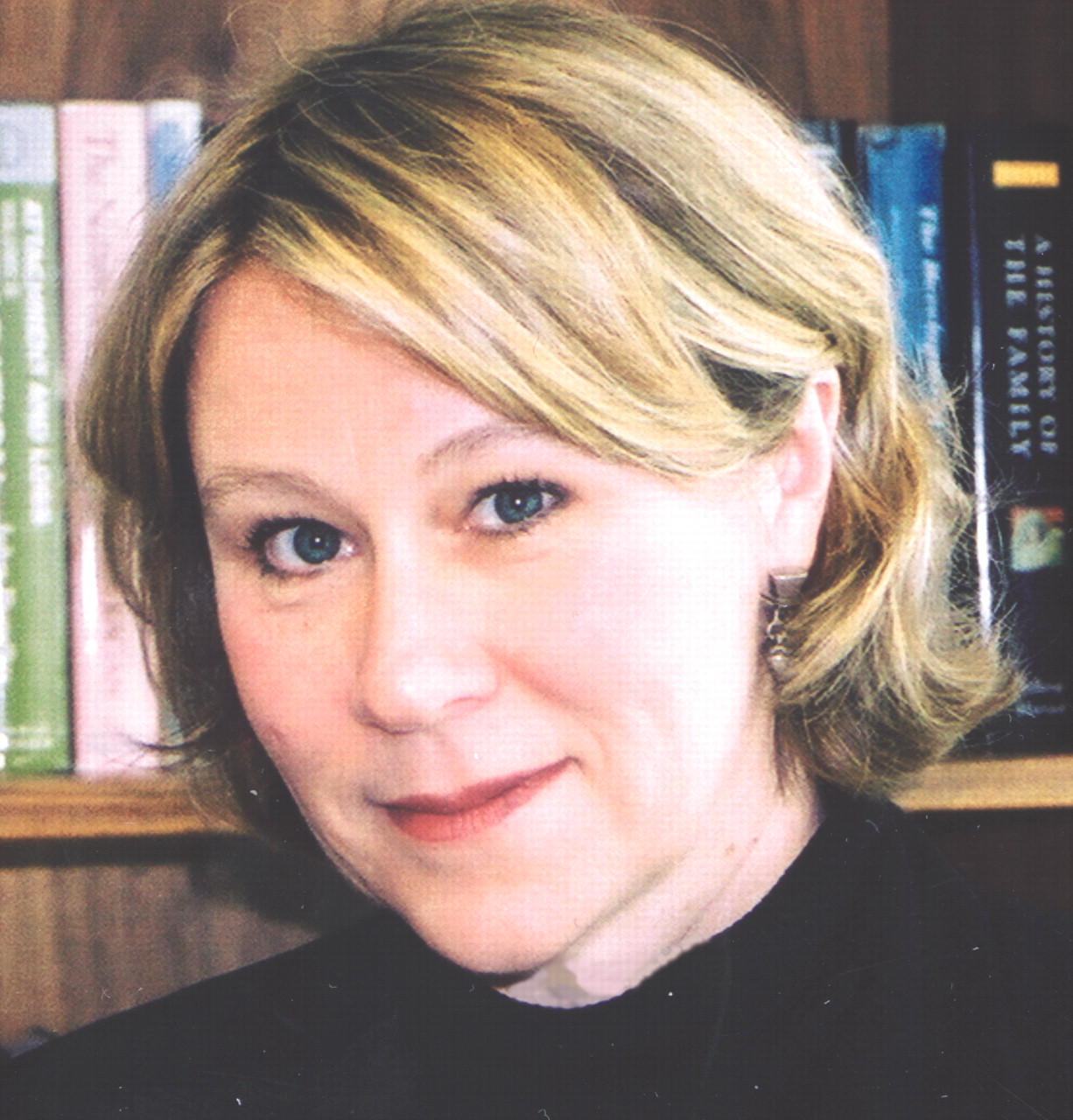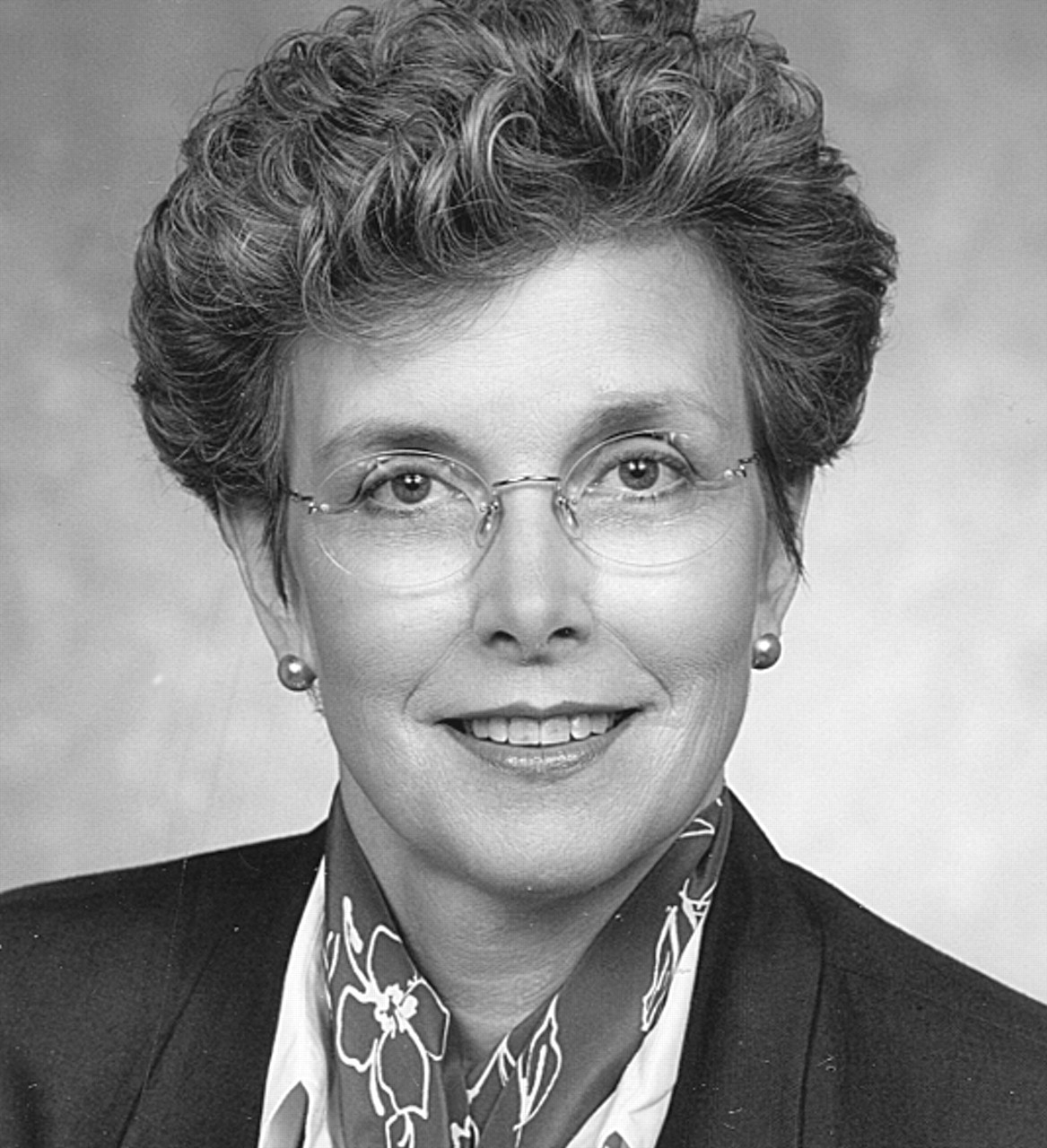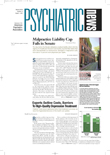Many psychiatrists practicing today made a decision while still in medical school—based on personal inclination, exposure to mentors, or happenstance—about the kind of training they would pursue in residency.
After that, the course of their professional future was set early in their medical career.
But some have taken a more circuitous route to the profession, training first in another area of medicine before entering psychiatry—because of a natural evolution, a change of heart and mind, or perhaps for reasons that are not entirely voluntary. These jacks of more than one trade bring to their practice and their patients the special perspective of the double- or even triple-boarded physician.
And they are liable, of course, to come to the profession with a little more mileage than their counterparts who proceeded directly from medical school into psychiatry—a feature that can be an asset.
“The residency is not so demanding that someone who is 40 or 45 can’t stand it,” said Deborah Hales, M.D., director of APA’s Division of Education, National, and Minority Programs, who began her career as a pediatrician.
“You come with an advantage over the younger residents,” she observed. “When I was beginning psychiatry training, it was mildly uncomfortable to be a lower-level resident again after having been the director of an adolescent clinic. But even though I knew nothing about psychiatry, I already knew how to be a doctor. That counts for something and makes the transition easier.”
Psychology of Patients
The number of physicians who come to the field after training in another medical specialty is difficult to ascertain, but experts knowledgeable about workforce issues suggest it is not insubstantial.
Sydney Weissman, M.D., said that physicians enter into psychiatry at every stage in a career, and that they are invariably drawn by an interest in the psychology of their patients—not by salary.
“I’ve seen people with very successful medical practices drop it all to go into psychiatry residencies,” he told Psychiatric News. “The entry of people into psychiatry occurs throughout the practice life of a physician. It is not uncommon to have people in their 50s in a psychiatry residency.”
For many, a natural evolution can be seen—at least retrospectively—in the professional and personal choices that led them to psychiatry.
Heather Walter, M.D., M.P.H., director of children’s outpatient psychiatric services at Children’s Memorial Hospital of Northwestern University, began her career in emergency medicine, later switched to preventive medicine, and then trained in psychiatry and child psychiatry.
She chose emergency medicine “because of the flexible hours,” she said. “It was fast paced and exciting, but I wasn’t too many months into it when I really became impressed by the unnecessary pain and suffering I saw from what amounted to unhealthy lifestyle choices.”
That sparked an interest in preventive medicine, and Walter completed a preventive medicine residency at the University of California, Los Angeles, as well as a master’s degree in public health.
Her initial interest was the prevention of cardiovascular disease through the reduction of known risk factors among adults. But in the early 1980s, autopsy studies began to appear with a remarkable finding: Some children had atherosclerotic plaques in their blood vessels.
“I devoted the next six years to developing, implementing, and evaluating cardiovascular risk-reduction programs for children,” Walter said. “These programs were school based and delivered by teachers focusing on nutrition, physical fitness, and smoking prevention. In these kinds of programs, as in much of preventive medicine, the primary intervention is behavior modification.”
But the complexity of behavior change, and the extreme difficulty people experience in altering their behavior—even when the benefits of doing so are obvious—soon became impossible to ignore.
The Puzzle of Behavior
A growing fascination with the multiple determinants of behavior change and resistance to change—both conscious and unconscious—and her own experience with psychoanalytically oriented treatment converged to propel Walter into a psychiatry residency at New York University, and then into child psychiatry training at Columbia University College of Physicians and Surgeons.
Walter said that her prior training has a substantial influence on her practice of psychiatry. “Child psychiatry is unique in that it has a strongly preventive orientation,” she said. “To prevent disruptive behavior disorders, we work extensively with parents around effective parenting techniques and with teachers around effective classroom management techniques. We deliver interpersonal skills training to children to prevent aggressive conflict resolution and social withdrawal from extreme shyness. We teach coping skills to prevent the development of anxiety and mood disorders, and we work with psychologists to identify learning and language problems to prevent academic failure.”
Psychiatry and Reproductive Health
Others who made a career switch look back on their earlier choices and see that, in a sense, they had been practicing some psychiatry all along.
Diana Dell, M.D., trained as an obstetrician-gynecologist at Charity Hospital of New Orleans and later practiced in Baton Rouge. “It was the proper combination of surgery and psychiatry for me,” she said of her choice. “I saw a lot of people with depressive disorders, and I was the only person in town that really liked treating premenstrual symptoms. I welcomed those patients, so right from the start my practice was on the psychological side.”
And it exposed her to the psychiatric components of reproductive health that has informed her practice today. “We need to be aware of the fact that 1 in 5 women who have a baby will have a major depression within a year,” she said. “So the ob-gyn is seeing a lot of these patients.”
Dell said that when she moved in 1993 to Durham, N.C., to practice at Duke University Medical Center, she considered the idea of getting some additional training in psychiatry. “I knew there were things I was missing,” she said. “At the time, I was treating a lot of patients with chronic pelvic pain, and I needed to know more.”
In time, though, a medical condition of her own would force that decision. During her first winter in Durham, she began to experience a severe and persistent pain from a lumbrical abnormality in her dominant hand that made surgical work increasingly difficult. She found herself relying more and more on residents to assist in surgical and delivery situations she would have routinely handled herself.
A turning point came in the middle of a night while she was icing her hand for control of the pain when she received a call for one of the most difficult obstetrical emergencies, a shoulder dystocia. When the fourth-year resident had trouble disimpacting the baby’s shoulder, Dell hesitated to intervene, knowing that the resident needed to learn how to perform the maneuver—but also worrying that she might not have the hand control to do it herself.
She was successful in delivering the infant, but was later haunted by the incident. “I was awake for a very long time,” she recalled, “thinking to myself that ‘the time has come.’ ”
She started a psychiatry residency with the next class at the University of North Carolina, a choice that was not without reservations. “There was so much overwork in obstetrics,” she said. “Even when I started my psychiatry training, I still had the hope that if I rested it enough, my hand would get better.”
It never did, and though surgery corrected the problem, it left her with a loss of sensation. “I was rapidly realizing that returning to ob-gyn was not really an option.”
Today she is an assistant professor in the department of psychiatry and director of the maternal wellness program at Duke, where she manages pregnant and lactating patients who have psychiatric disorders.
She is not without a sense of loss. “There are times when I miss my ob-gyn patients,” she said. “They would meet me in the shopping mall and rush up to show me their baby pictures.”
Now, she said, her psychiatric patients feel the stigma of mental illness and are much less likely to greet her in public. “It’s a different population, and I miss the wellness.”
John Wynn, M.D., of Seattle, Wash., completed a residency in internal medicine in 1986 at Michael Reese Hospital in Chicago and completed a psychiatry residency at UCLA in 1989. Today, he is in private practice in Seattle and is also medical director of psycho-oncology at the Swedish Cancer Institute.
His interest in psychiatry actually predates his training in internal medicine, when he was a “James Scholar” at the University of Illinois School of Medicine. An innovative program allowing medical students to design their own medical curriculum, the scholarship allowed Wynn to design a curriculum in pursuit of his interests in internal medicine, pathology, neurology, and psychiatry.
Wynn opted to train in internal medicine first, hoping to complete his medical education before “moving on“ to psychiatry. Although he enjoyed his internal medicine residency, his interest in psychiatry endured, and he gratefully recalls a mentor at Michael Reese who, informed of his decision to enter a psychiatry residency at UCLA, told Wynn: “I can’t think of a more fascinating, wide-open field to enter. You’re going to have a great time.”
Like Dell, Wynn said that his initial training has sharpened his eye for the physical and medical conditions of patients he is treating for mental illness. “The volume of suffering I saw as an internal medicine resident was powerful for me,” he told Psychiatric News. “I connect very quickly with physicians in other fields, I’m less intimidated by them, and they feel I speak their language.”
Preventable Factors
Like Dell, Hales was drawn initially to a field that was heavily weighted with issues relevant to psychiatry and mental health. She trained in pediatrics at the residency program in social medicine at Montefiore Hospital in New York and finished a one-year fellowship in adolescent medicine at Columbia.
“Adolescent medicine has so much to do with psychiatry,” she observed. “When you work in outpatient adolescent medicine, you function as a dermatologist, gynecologist, sports medicine specialist, and psychiatrist.”
It was the psychiatric aspects of her work with adolescents that appealed to her most. “In the late 1970s and early ’80s, adolescents were the only group in the population that had a rising death rate,” she said. “There were all kinds of preventable factors from which teens were dying. It seemed to me that psychiatry was the most interesting way to deal with those issues.”
She trained at Stanford and later went into private practice half time while serving as a residency training director at San Mateo County (Calif.) Mental Health Services before joining APA’s staff in 2001.
The circuitous path may be the longer, more arduous one, but it has its advantages—particularly for those who wind up treating mentally ill people.
“It’s the one field of medicine where your life experience really helps you,” said Hales. “You have technical training, as in every part of medicine, but in psychiatry your maturity is an asset as opposed to a liability. For the psychotherapist especially, the wiser you are, the better job you can do for your patients.”
The sentiment is echoed by Walter. “The clear disadvantage is that I am 10 years behind my same-age peers in career development,” she said. “But the advantage is the richness of my experience. I have many more vantage points from which to view my work—and my life—generally.” ▪


